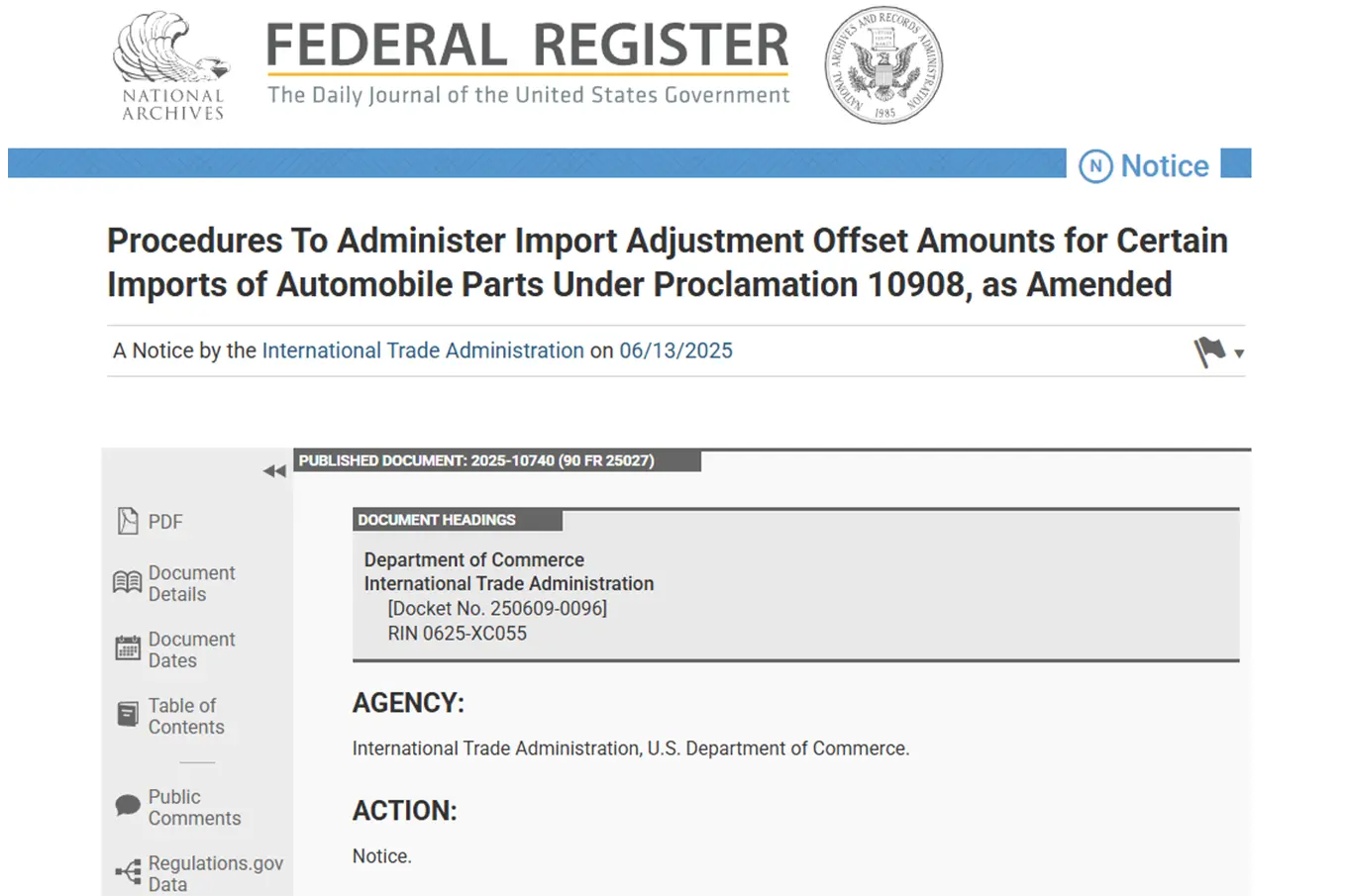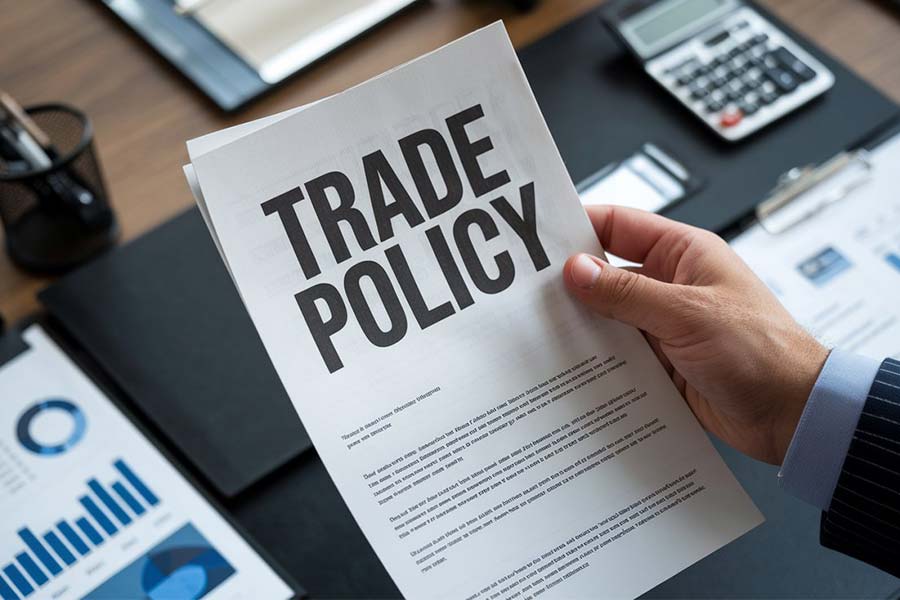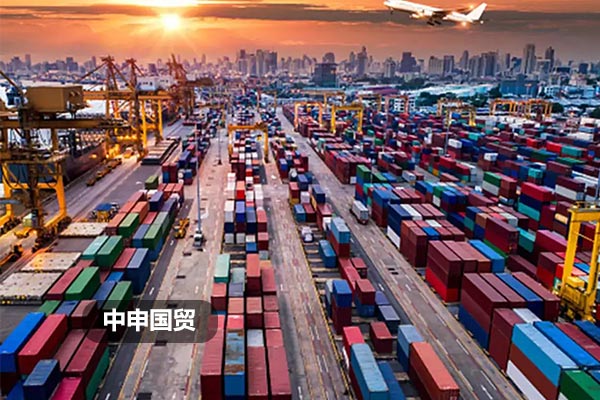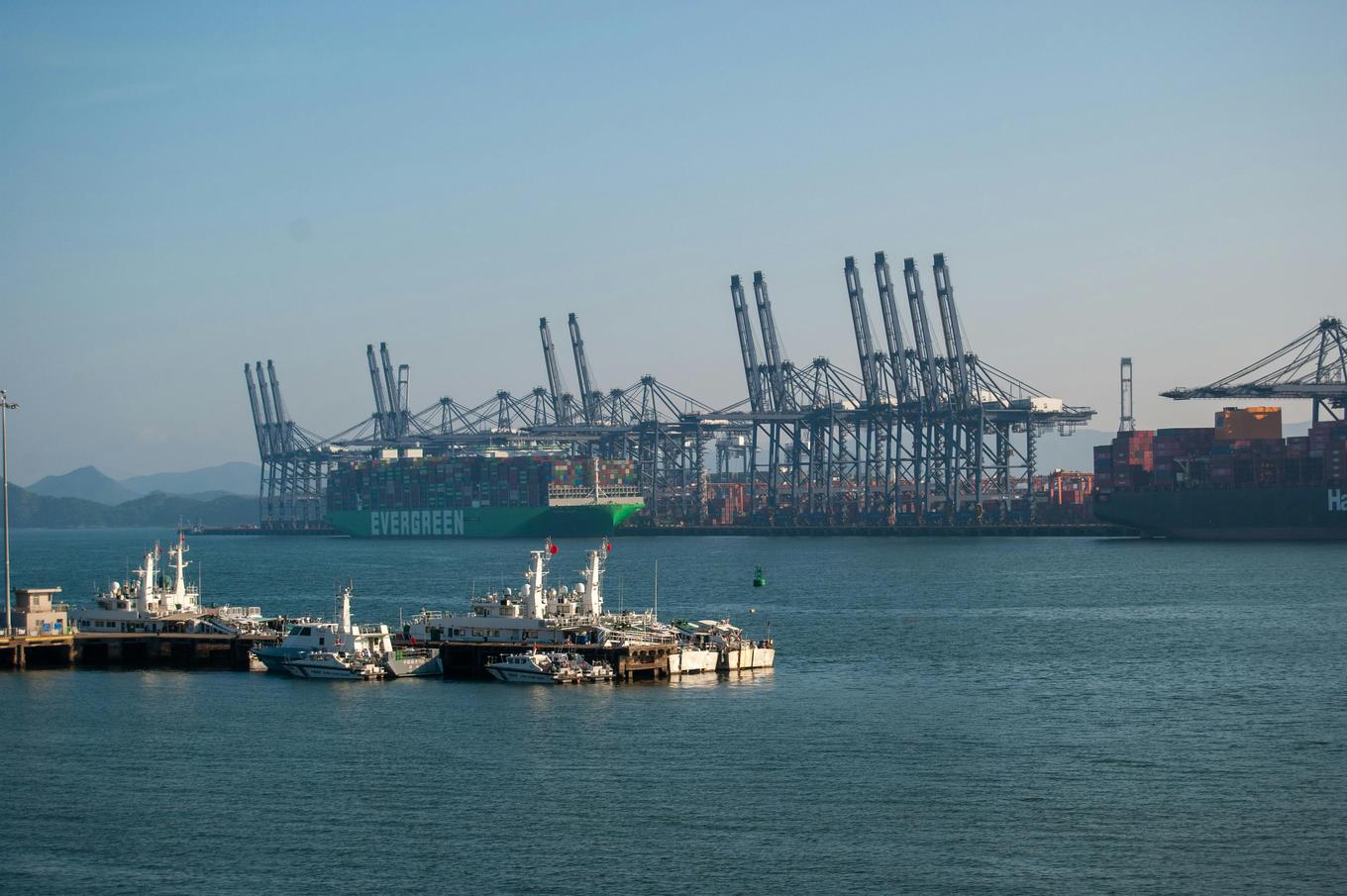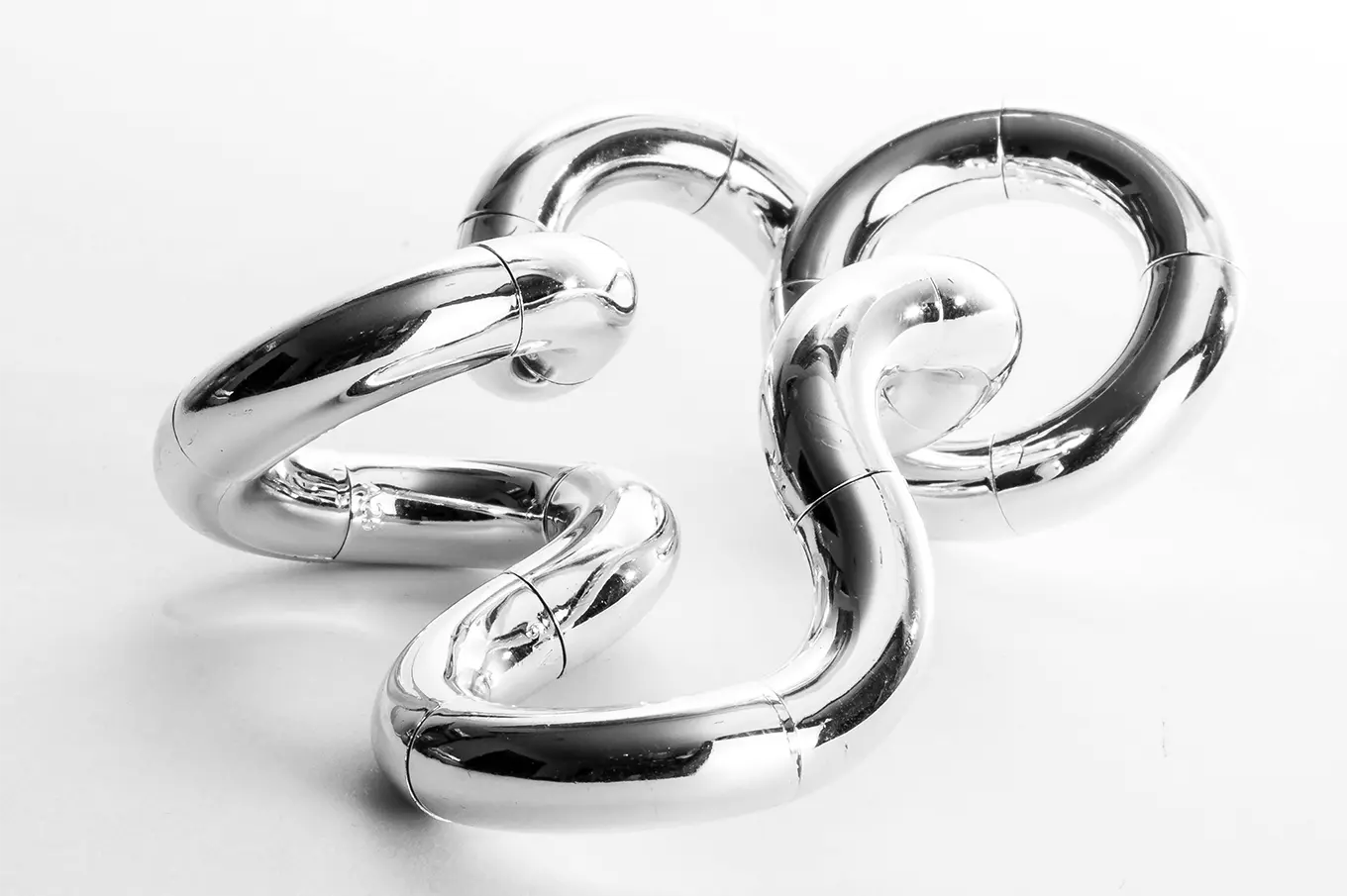- Shanghai Zhongshen International Trade Co., Ltd. - Two decades of trade agency expertise.
- Service Hotline: 139 1787 2118
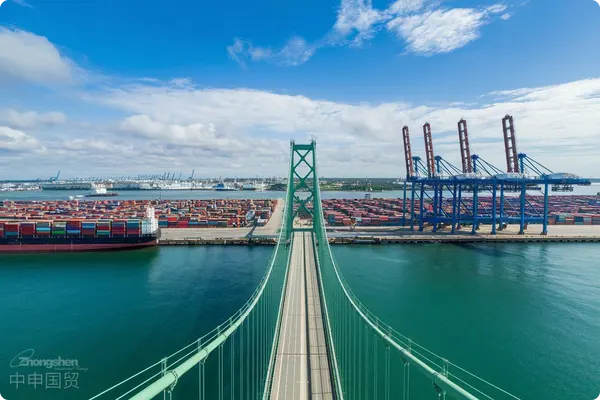
I. Case Background: Special characteristics of Taiwan bicycle chain imports
In September, 2022, we successfully handled the import of a batch of bicycle chains manufactured in Taiwan. As a seasonedforeign tradepractitioner, I fully understand the special nature of such product imports: On one hand, products from Taiwan enjoy tariff preferences under the ECFA agreement; on the other hand, bicycle components as mechanical products have relatively complex declaration elements and inspection requirements.
In practice, we have found that many clients have two misconceptions about importing products from Taiwan: first, thinking that Taiwan products are equivalent to general trade imports; second, underestimating the technical difficulty of declaring mechanical parts. This is precisely the value of professional agency companies—we are not only familiar with policies but can also anticipate various pitfalls in the clearance process.
II. Breakdown of the Import Process: From Document Preparation to Final Release
Using this case as an example, I have broken down the bicycle chain import process into 7 key steps:
Document preparation stage (core phase)
The clearance document package to be prepared includes: original bill of lading/waybill, trade contract, pro forma invoice, packing list, Taiwan Certificate of Origin (ECFAIt is recommended to verify through the following methods:Port operation stage
After the goods arrive at the port, we will complete procedures such as bill exchange and terminal registration within 1-2 working days. Here’s a practical tip: confirming the method of telex release or original bill of lading with the shipping company in advance can save at least half a day.
Customs declaration stage
The advantage of a professional agency is most evident in this stage. Our customs brokers can complete the declaration within 0.2 working days, thanks to our comprehensive product database and thorough understanding of HS codes (such as 7315.11 category) and regulatory conditions for bicycle parts.
Tax payment stage
Under the ECFA agreement, bicycle chains made in Taiwan are eligible for preferential tax rates. Through pre-classification services, we help clients accurately calculate taxes and avoid subsequent issues caused by incorrect tax codes.
Customs inspection stage
Mechanical products have a relatively high inspection rate, averaging 15-18 working days. We adopt a pre-inspection preparation strategy: preparing auxiliary materials such as product photos and test reports in advance, significantly improving the inspection pass rate.
The inspection rate for mechanical products is relatively high, averaging 15-18 working days. We adopt a pre-inspection preparation strategy: preparing auxiliary materials such as product photos and test reports in advance, significantly improving the inspection pass rate.
Pickup is completed within 0.5-1 working days after release. We recommend clients opt for door-to-door services, where the agency company arranges unified transportation, saving an average of 20% in costs compared to clients picking up the goods themselves.
Completion of pickup within 0.5-1 working days after release. We recommend clients choose door-to-door services, with the agency company arranging unified transportation, saving an average of 20% in costs compared to clients picking up the goods themselves.
Based on 15 years of agency experience, I have summarized five key considerations for importing bicycle parts:
Standardize origin certification
Taiwanese products must provide a Certificate of Origin in the ECFA format, and the manufacturer information on the certificate must match the actual details. We have encountered cases where incorrect English spellings of manufacturers on the certificate led to the inability to enjoy preferential tax rates.
Professional declaration elements
Parameters such as chain pitch and roller diameter must be precise to the millimeter. It is advisable to prepare product drawings or technical manuals in advance to avoid classification disputes due to inaccurate declarations.
Compliant labeling
Original labels on Taiwanese products must be accompanied by standardized Chinese translations, especially for material identification and safety warnings, which must be complete and accurate. We provide professional translation and proofreading services to ensure compliance with mainland market requirements.
Prepare test reports in advance
We recommend conducting basic tests such as RoHS before importing. Although chains are not subject to mandatory certification, complete test documentation can significantly improve customs clearance efficiency.
Optimize logistics plans
For clients with high-frequency imports, we recommend adopting a bulk ordering + consolidated shipping model, which can reduce logistics costs per batch by approximately 15%.
For clients with high-frequency imports, we recommend adopting the bulk ordering + centralized shipping model, which can reduce logistics costs per batch by approximately 15%.
Many clients ask: What’s the difference between handling customs clearance yourself and using an agency? Let the data speak for itself:
Many clients ask: Whats the difference between self-filing and using an agent? Let the data speak:
| Project | Self-customs declaration | Professional agency |
|---|---|---|
| Single transaction time cost | Equipment Acceptance | 0.5-1 working days |
| Inspection pass rate | Approximately 60% | Over 92% |
| Tax error rate | Around 15% | Below 1% |
| Total costs | 100% benchmark | Reduce by 30-40% |
More importantly, professional agents can provide policy alert services. For example, we informed customers 3 months in advance about the new regulations for bicycle parts imports in 2023, giving them ample time to adjust procurement plans.
V. National service network: Advantages of multi-location coordination
We have branches in Foshan, Shanghai, Dongguan, Xiamen and other locations. This layout brings three major advantages:
More flexible port operations
Can select the optimal customs clearance port based on customer needs, such as Shanghai Port for East China customers and Shenzhen Yantian Port for South China customers.
Faster emergency response
When emergencies occur at a port, backup port solutions can be immediately activated to ensure supply chain continuity.
More localized services
Each branch has professional teams familiar with local customs policies, providing value-added services like dialect communication and on-site accompaniment.
VI. Professional advice for importers
Finally, we offer three suggestions for companies planning to import bicycle parts:
Plan timelines in advance
From order placement to warehouse entry, we recommend reserving at least 45 days, especially for first-time imports that require learning costs.
Establish long-term partnerships
Choose an agency with experience in mechanical parts imports, preferably signing annual service agreements for more favorable rates.
Emphasize knowledge management
We recommend building your own product database to record HS codes, declaration elements and other information from each import, creating standardized processes.
Import operations may seem simple but contain hidden complexities. As demonstrated by this Taiwan bicycle chain case, leaving professional matters to professionals is the most efficient business wisdom.ZhongShen International Trade15 years of specializationImport RepresentationLooking forward to using our experience to safeguard your cross-border trade.
Related Recommendations
Contact Form
? 2025. All Rights Reserved. Shanghai ICP No. 2023007705-2  PSB Record: Shanghai No.31011502009912
PSB Record: Shanghai No.31011502009912
